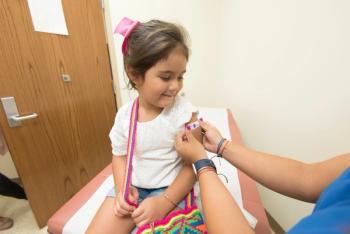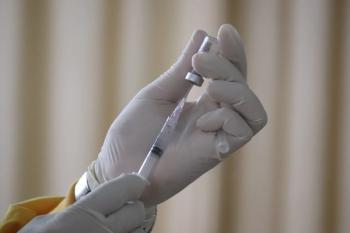
New Rabies Test Developed by CDC Provides Faster, More Accurate Results
The new LN34 test provided fewer false-positive results than the current gold-standard test, as well as fewer inconclusive results, and no false negative results.
The US Centers for Disease Control and Prevention (CDC) announced today that they are developing a more accurate rapid diagnostic test for rabies that can deliver results in 2 hours.
About 60,000 individuals die as a result of rabies infection each year, with the majority of deaths occurring in Africa and Asia. Most commonly spread through the bite of an infected animal, according to the CDC,
As such, a rapid diagnostic test for rabies in animals would ensure that potentially exposed individuals would receive treatment in a timely manner, increasing their chances of survival.
Dubbed LN34, the new test being developed by the CDC is reportedly “simpler and easier to use than current tests.” As indicated in the pilot study results, published in PLOS One, the new test provided fewer false-positive results than the current gold-standard test, as well as fewer inconclusive results, and no false-negative results. Furthermore, LN34 is able to be run on currently used polymerase chain reaction (PCR) testing platforms and can yield results from fresh, frozen, or decomposed animal tissue, as well as tissue “that has been fixed in blocks of paraffin to inactivate the virus.”
For the pilot study, approximately 3000 animals brain samples of 60 mammal species from areas in the Americas, Europe, Africa, and Asia, were assessed by staff at 14 labs across the world. Of these 3000 samples,1000 were already known to be infected with the rabies virus. According to the study results, the LN34 test, “correctly identified all direct fluorescent antibody (DFA)-positive samples as positive. In addition, it produced definitive findings for 80 samples that were inconclusive or untestable by the DFA test—and 29 of those were positive for rabies. Of the 3000 samples tested, the LN34 identified 1 false negative and 11 false positive DFA test results. Only 1 sample was indeterminate using both tests. This study is the largest ever to validate usage of this type of test (a real-time PCR) to diagnose rabies in animals.”
The DFA test is currently the gold-standard and only internationally-approved test for rabies; however, according to the CDC, the DFA, “can only be interpreted by laboratory workers with special skills, extensive training, and a specific type of microscope.” This makes the test hard to use and access in resource-poor areas. Crystal Gigante, a microbiologist in CDC’s Division of High-Consequence Pathogens and Pathology and the study’s first author remarked on this in the CDC’s press release, stating, “Many of the areas hardest hit by rabies are also the areas least prepared to run current tests to diagnose it. The LN34 test has the potential to really change the playing field. Quickly knowing who needs to receive rabies treatment—and who does not—will save lives and families’ livelihoods.”
Therefore, international organizations such as the World Health Organization and the World Organizations for Animal Health are in the process of considering the use of PCR-based tests as stand-alone tests for the diagnosis of rabies. In addition, CDC announced they are working with the Association of Public Health Laboratories “to develop rabies testing guidance that will help clinicians and laboratory staff decide which tests to run in different scenarios and which tests can be used to confirm rabies, either singly or in combination with other tests.”
The United States may also benefit from testing advantages offered by the LN34. The individual cost of the rabies vaccine for humans in the United States is over $3000. Vaccines are usually administered in cases where rabies test results are inconclusive. A more accurate, rapid diagnostic test could potentially alleviate unnecessary administration of the vaccine. With approximately 40,000 to 50,000 individuals receiving rabies post-exposure prophylaxis each year, that adds up to a potential cost-savings of up to $510 million.
Newsletter
Stay ahead of emerging infectious disease threats with expert insights and breaking research. Subscribe now to get updates delivered straight to your inbox.














































































































































































































































































